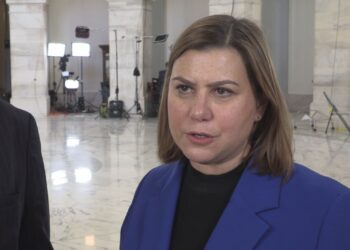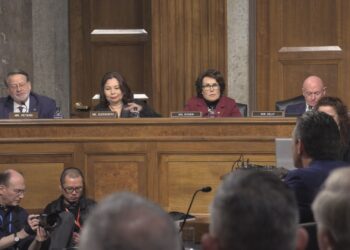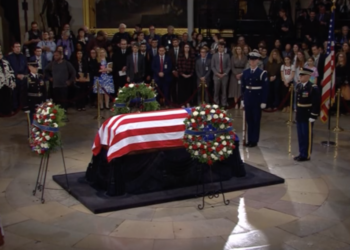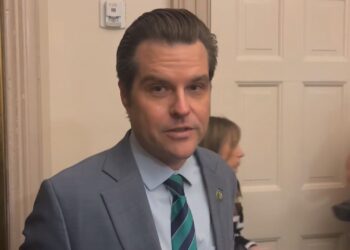WASHINGTON, D.C. — At the end of September, Congress passed a continuing resolution, or a stopgap measure. It’s a short-term spending solution that essentially kicks the can down the road- while keeping the government open- until Congress can agree on spending bills for the next year.
The measure helped avoid a government shutdown temporarily, but the new deadline is quickly approaching. There’s general consensus that lawmakers want to avoid a shutdown by finding agreement before the Nov. 17 deadline.
At the end of the day, Congress needs to finalize a dozen appropriations bills to fund the military, federal programs and agencies through Sept. 2024.
However, debating and ultimately agreeing on those 12 bills is going to require time and consensus- two things that are hard to find in a divided Congress on deadline.
The Senate has passed a handful of the spending bills with strong bipartisan support, but getting support in a deeply divided House with a new Speaker, who is still getting his footing, will be a challenge.
House Speaker Mike Johnson (R- LA) has told reporters he wants to get all 12 appropriations bills finalized but is open to another continuing resolution if absolutely necessary.
House Democrats say the best path is a continuing resolution with current funding levels in order to keep the lights on through the holidays and into January.
“A continuing resolution that is at the Fiscal Year 2023 levels is the only way forward because that’s the status quo,” said House Minority Leader Hakeem Jeffries (D- NY). “House Democrats are not asking for our policy preferences. We’re asking for the status quo to keep the government open.”
The issue of spending is what drove a group of House Republicans to oust former Speaker Kevin McCarthy (R- CA), after he worked with Democrats to pass the first continuing resolution, which prevented a shutdown in late September.
The next week will be a tough test for Speaker Johnson as he looks to quickly find consensus with the Senate and members of his own party in the House.


















